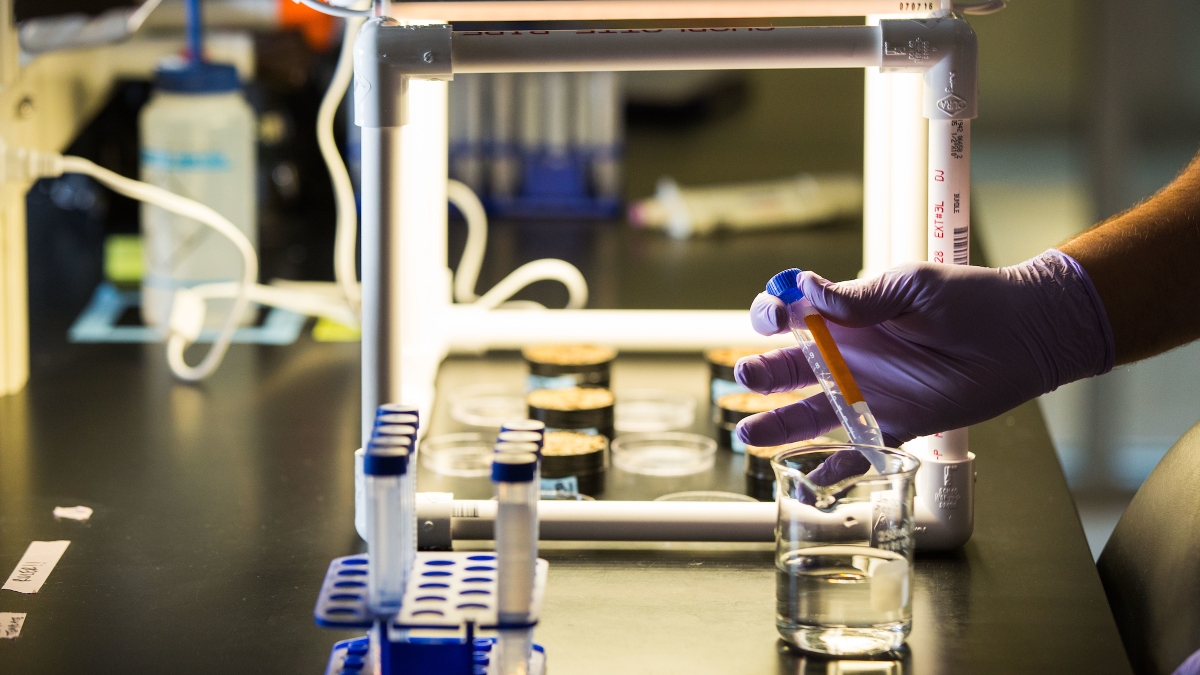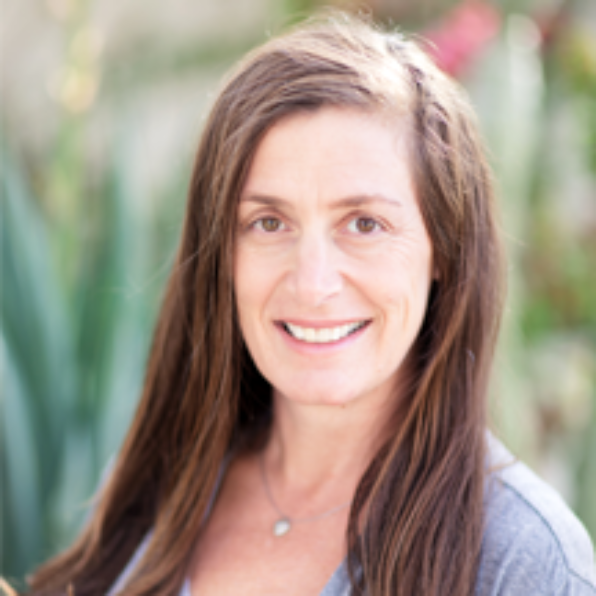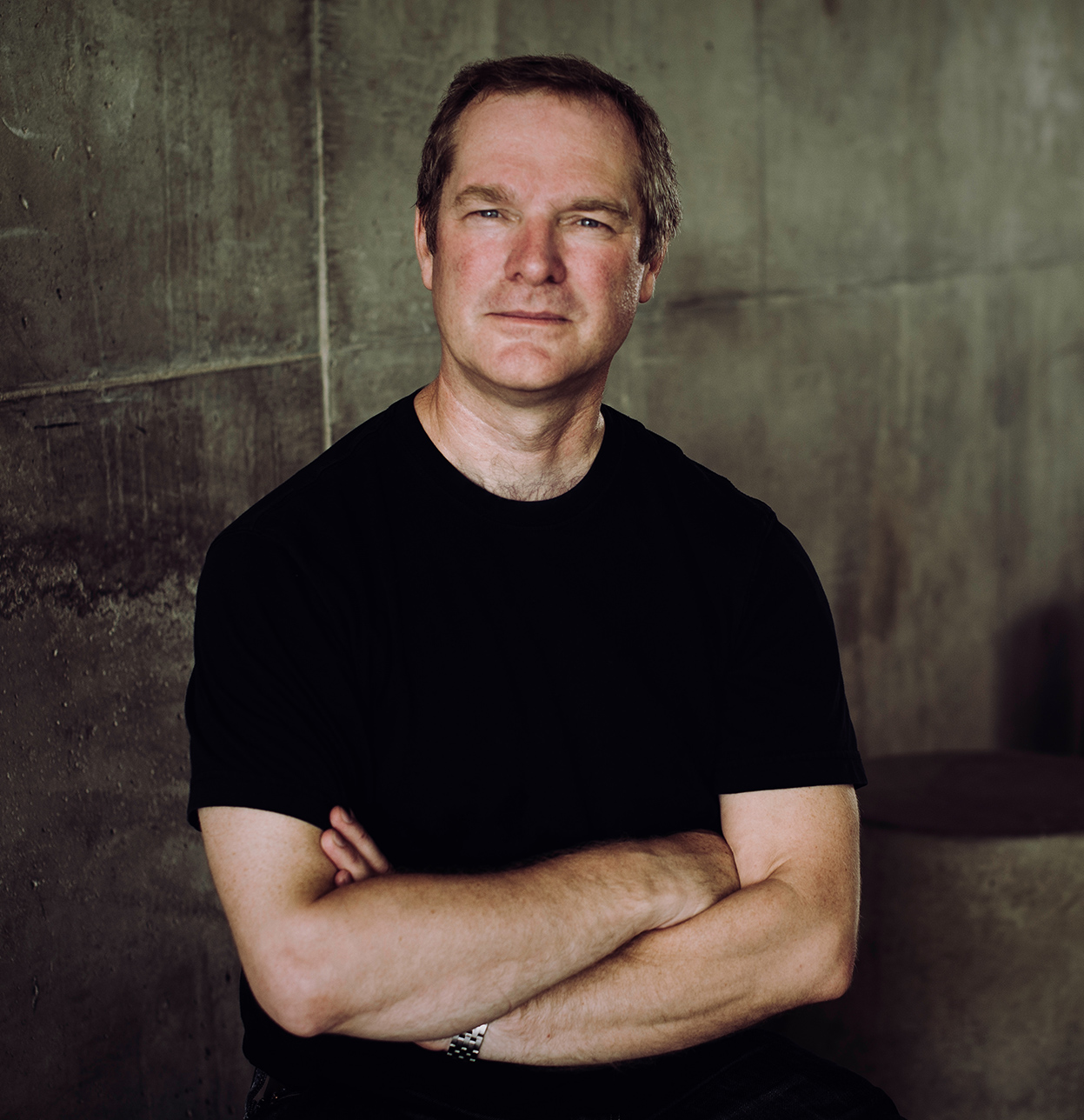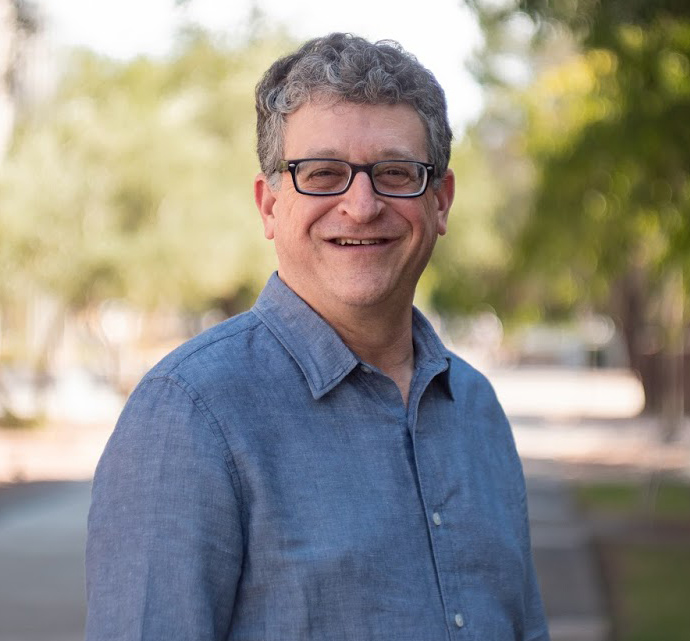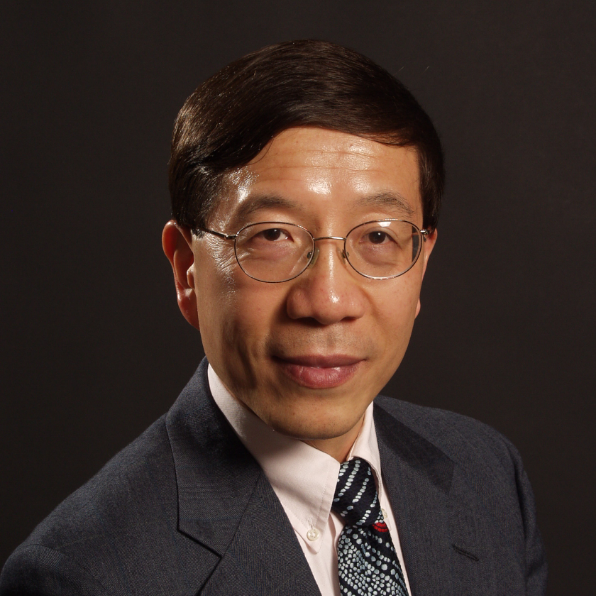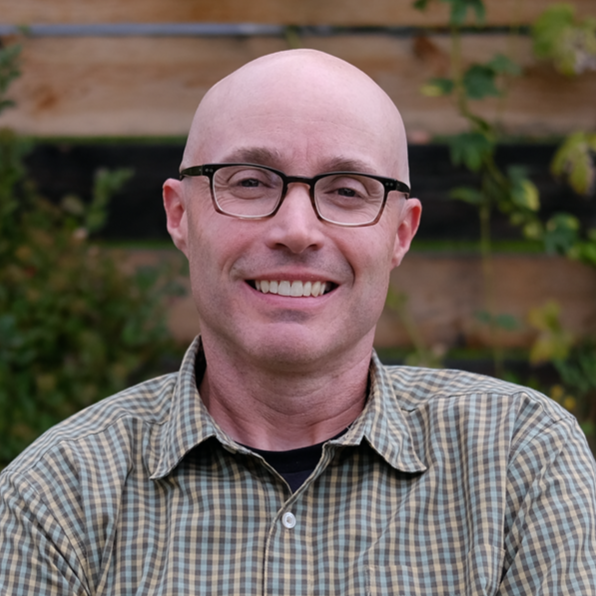Five outstanding Arizona State University faculty spanning the physical sciences, psychological sciences and science policy have been named as Fellows of the American Association for the Advancement of Science (AAAS).
ASU’s Leah Gerber, Andrew Maynard, Steven Neuberg, Ying-Cheng Lai and John McCutcheon are being honored for their career contributions to science, innovation or socially distinguished efforts to advance science and its applications.
The AAAS, publisher of the journal Science, is the world’s largest general scientific society. Election as a fellow is an honor bestowed upon AAAS members by their peers. Within that general framework, each awardee is honored for contributions to a specific field.
The five new ASU faculty members' election this year brings the total number of AAAS Fellows affiliated with ASU to 86. There are 489 newly elected AAAS Fellows this year.
Read on to learn about the ASU AAAS 2020 Fellows’ individual scientific achievements.
Leah Gerber
For leadership in balancing conservation priority setting, ecosystem-based management, adaptive monitoring, marine reserve design, endangered species recovery policy and decision science.
Gerber is a professor of life sciences and the founding director of ASU’s Center for Biodiversity Outcomes. Her research employs science in decision-making with the goal of achieving sustainable biodiversity through policy. A population ecologist and marine conservation biologist by training, Gerber is a leading conservation scientist. Her approach to research and policymaking is grounded in natural history and data collection, quantitative methods and a keen understanding of the interactions between humans and the environment.
“As humans and as stewards of Earth, we need to acknowledge that our actions have a direct influence on the rest of the of the planet and all of its species,” Gerber said. "Our actions to advance societies or personal growth, for better or worse, directly influence the lives and fate of other animal and plant species. For our own well-being, we must strive to strike a balance between advancing ourselves and fostering a healthy planet for all of its inhabitants.”
Andrew Maynard
For distinguished contributions to the public’s understanding of science, risk and responsible innovation in the fields of nanotechnology, artificial intelligence and other emerging technologies.
Maynard is associate dean for student success in the College of Global Futures and a leading expert in responsible and ethical innovation. Originally trained as a physicist, Maynard's work cuts across disciplinary boundaries at the nexus between technology, society and the future. He explores integrated approaches to building a more vibrant, just and sustainable future. In addition to his scholarly work across areas as diverse as nanotechnology, biotechnology and the fourth industrial revolution, Maynard is a widely respected communicator and a staunch advocate for integrating public communication and engagement into academic enterprises. His latest book, "Future Rising," is a unique exploration of our relationship with the future and our responsibility.
“As a species, we have an amazing ability to imagine and create different futures," Maynard said. "But only by having the creativity and vision to transcend conventional areas of knowledge and expertise, the humility to recognize how the insights of others enable us to overcome our own limitations, and the foresight to build futures for others, not just ourselves, will we be able to channel this ability into building better futures. In a very real sense, our relationship with the future is at a tipping point, and we are going to have to use all of our collective skills to ensure that it doesn’t tip the wrong way.”
Steven Neuberg
For distinguished contributions integrating evolutionary and social psychology to understand how fundamental social goals direct social perception, social cognition and social behavior.
Neuberg is an evolutionary social psychologist who integrates social-cognitive and evolutionary approaches in his research exploring the origins, nature and nuances of prejudices and stereotypes, and the ways that fundamental motivations shape cognition and social behavior.
At ASU, Neuberg is a Foundation Professor and the chair of the Department of Psychology and the director of the Evolution, Ecology, and Social Behavior Lab. He also is a co-director of the Evolutionary Social Cognition Lab with President’s Professor Doug Kenrick and Associate Professor Vaughn Becker. He recently received the 2019 Daniel M. Wegner Theoretical Innovation Prize, recognizing the authors of the most innovative theoretical contribution to social psychology.
“I’m extremely flattered to be recognized in this way, but we must give much of the credit to my many incredible graduate students and close faculty collaborators,” Neuberg said. “It’s working — playing, really — with others that generates the most interesting, most novel ideas.”
Ying-Cheng Lai
For distinguished contributions to the field of nonlinear dynamics and chaos, particularly in relativistic quantum chaos and transient chaos.
Chaos theory is considered a main component of modern physics. It is used to describe dynamic systems that are so sensitive that small perturbations have large effects and their behavior appears random, making them hard to predict. Chaos theory is popularly known as the “Butterfly Effect,” wherein a butterfly flapping its wings may cause a seemingly unpredictable, catastrophic weather event half a world away. This far ranging, yet fleeting effect is being looked at in terms of aiding the design of future systems to make them more useful.
For example, it is possible that combining chaos theory with the other pillars of modern physics, like relativity and quantum mechanics, could have real-world implications for the design of certain electronic devices. The relativistic motion of the electrons in the quantum world is described by the Dirac equation that was derived by British physicist Paul Dirac in 1928. Now scientists like Lai are looking into ways to design and exploit the so-called Dirac materials for applications in nanoscience and nanotechnologies.
“In a chaotic system, you cannot make a long-term prediction because a small amount of error is going to be magnified exponentially,” said Lai, a professor in the School of Electrical, Computer and Energy Engineering. “Yet, this fascinating but rather abstruse piece of theory might one day have more practical uses, such as in the design of nanoscale electronic devices based on Dirac materials like graphene.”
At ASU, Lai has expanded his research to complex networks, theoretical biology, Dirac materials physics and machine learning, or artificial intelligence.
John McCutcheon
For exceptional contributions to our understanding of the genetic underpinnings of symbiosis, in particular, several-partner systems with conflict.
McCutcheon, associate director of the ASU Biodesign Institute’s Center for Mechanisms of Evolution and professor in the School of Life Sciences, studies how and why cellular symbioses form, how they are maintained and why they sometimes break down. He studies bacteria (and sometimes fungi) that form long-term infections in host cells, mostly within insects, through the use of cell biology, genetics, genomics, microscopy, molecular biology, molecular evolution, biochemistry and field biology.
“No organism exists alone,” McCutcheon said. “Bacteria, no matter where they live, must cope with the presence of huge numbers of other bacteria competing for the same space. Animals are coated, both inside and out, with complex communities of microorganisms. All of these interactions are interesting, but we focus on a special type of symbiosis, where one cell takes up long-term residence inside another cell. We study cell-in-cell interactions because they are key to the origin of plant and animal cells. Our insect models have taught us fundamental lessons about how cells work in general, and promise to provide important new information about how bacteria become pathogens, or not.”
A virtual induction ceremony for the 489 newly elected 2020 AAAS Fellows will take place on Feb. 13, 2021, the Saturday following the AAAS annual meeting. The honorees will receive official certificates and rosette pins in gold and blue, colors symbolizing science and engineering.
Eliza Robinson, Rob Ewing, Robin Tricoles and Joe Caspermeyer contributed to this article. Top photo by Deanna Dent/ASU
More Science and technology
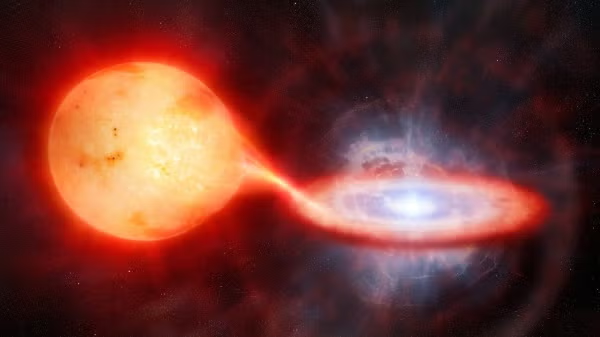
Astronomers observe ultra-hot nova with unexpected chemistry
A team of astronomers, including Arizona State University Regents Professor Sumner Starrfield, has uncovered an exceptionally hot and violent eruption through the first-ever near-infrared analysis of…
Statewide initiative to speed transfer of ASU lab research to marketplace
A new initiative will help speed the time it takes for groundbreaking biomedical research at Arizona’s three public universities to be transformed into devices, drugs and therapies that help people.…
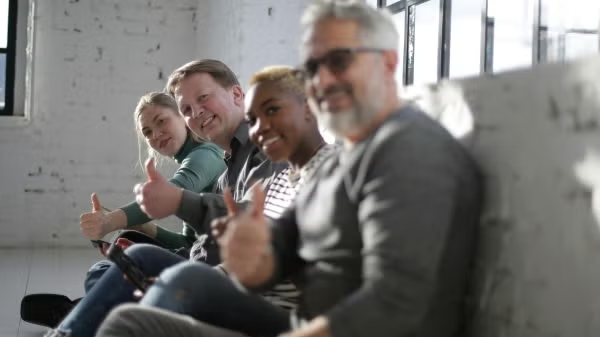
ASU research seeks solutions to challenges faced by middle-aged adults
Adults in midlife comprise a large percentage of the country’s population — 24 percent of Arizonans are between 45 and 65 years old — and they also make up the majority of the American workforce…
